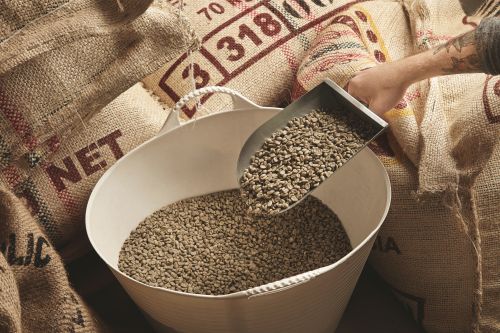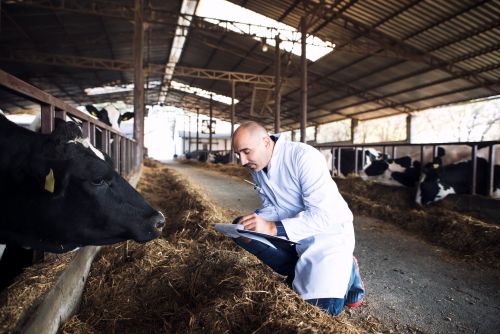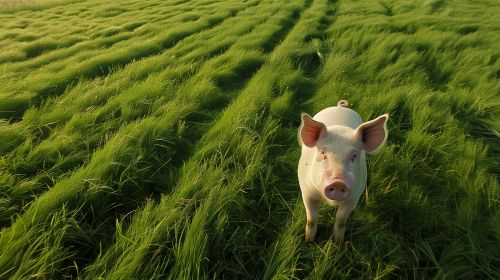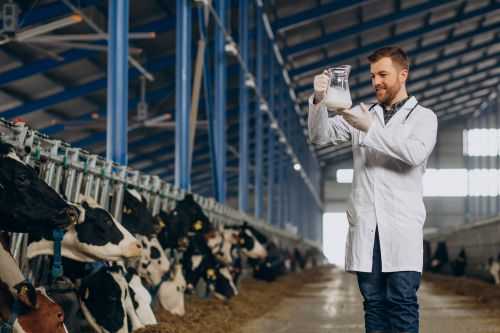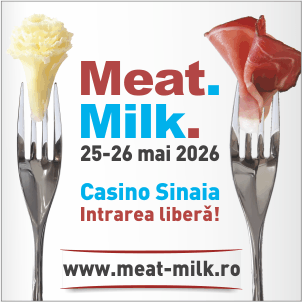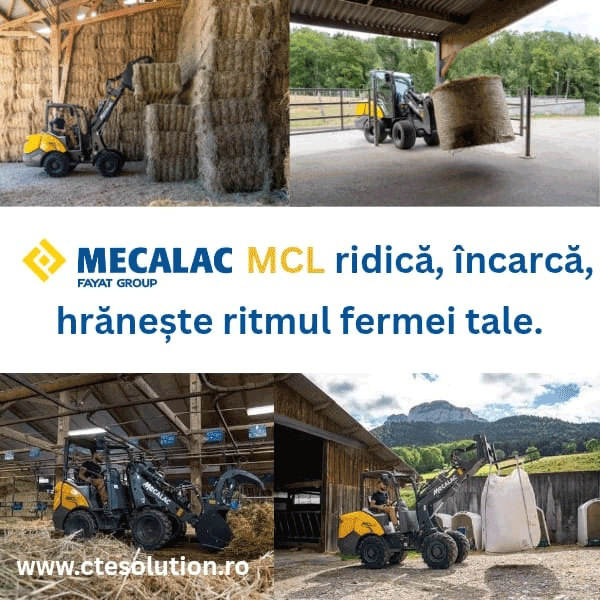617
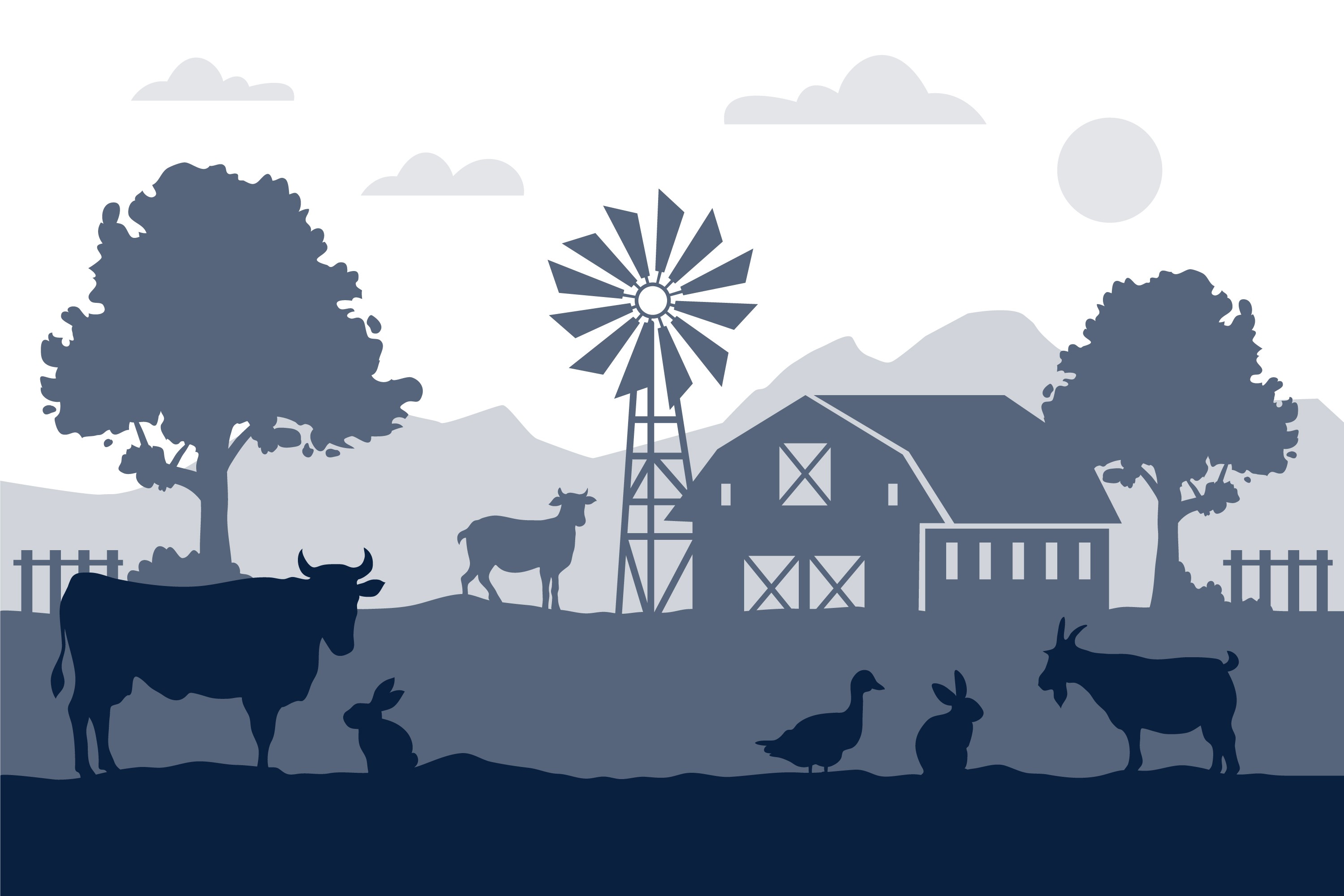
Mixed farms – those combining crop and livestock production – are becoming an increasingly valuable agricultural model amid market volatility, climate change, and the need for sustainability. This type of farm organization offers economic flexibility, superior resource utilization, and a higher degree of energy and nutritional autonomy.
Situation in Romania
According to data from the National Institute of Statistics and Eurostat (2023), Romania has approximately 110,000 officially declared mixed farms, representing around 17% of all commercial agricultural holdings. However, their contribution to total agricultural output is significantly higher – estimated at over 30% of the gross agricultural production value.
Most Romanian mixed farms are medium-sized (50–200 ha), combining cereal crops with cattle, pig, or poultry farming. Integrating crops with livestock enables internal feed use, more efficient waste management (e.g., manure for fertilization), and operational cost reductions of 20–35% compared to specialized farms.
Example: A 100-hectare mixed farm raising 80 cattle for milk or meat can reinvest crop residues and feed internally, achieving annual savings of approximately 45,000–60,000 lei by lowering feed costs alone.
Comparison with the European Union
In the EU, mixed farms are recognized as pillars of sustainable agriculture. In 2022, according to Eurostat, about 23% of commercial agricultural holdings in the EU were mixed farms, a slight decline from previous years due to intensive specialization. Still, countries such as France, Germany, and Austria provide strong support to maintain diversification.
Examples:
Country Share of Mixed Farms in Total Holdings Relevant Support Measures
France 28% Additional subsidies for crop rotation and on-farm feed production
Germany 21% Support schemes for circular economy and green practices
Austria 33% Eco-scheme bonuses for mixed farm operations
Romania 17% AFIR scoring incentives for diversification
In Western countries, mixed farms are seen as entities capable of balancing market demands with environmental needs, especially in mountainous or peri-urban areas. Moreover, they contribute to carbon emission reduction and improved energy efficiency in agri-food production.
Challenges and Opportunities
Mixed farms still face several challenges: they require diverse know-how, multiple types of equipment, tailored logistics, and skilled labor across both branches. In Romania, the lack of rural processing infrastructure limits the expansion of this model, although measures in the 2023–2027 CAP increasingly favor mixed investments.
The National Strategic Plan already includes, within interventions DR-16, DR-20, and DR-22, the possibility of scoring bonuses for diversification and the integration of crop-livestock operations. Mixed farms are also eligible for most eco-schemes and agri-environmental interventions.
Conclusion
Mixed farms remain a model of balance between productivity and sustainability. In Romania, this type of holding can become a key pillar in revitalizing the livestock sector and boosting nutritional self-sufficiency. Across the EU, they are acknowledged as strategic solutions in the face of market shocks, climate crises, and environmental demands. The European direction is clear: diversification, circularity, and integration will define high-performing agriculture over the next decade.
(Photo: Freepik)
